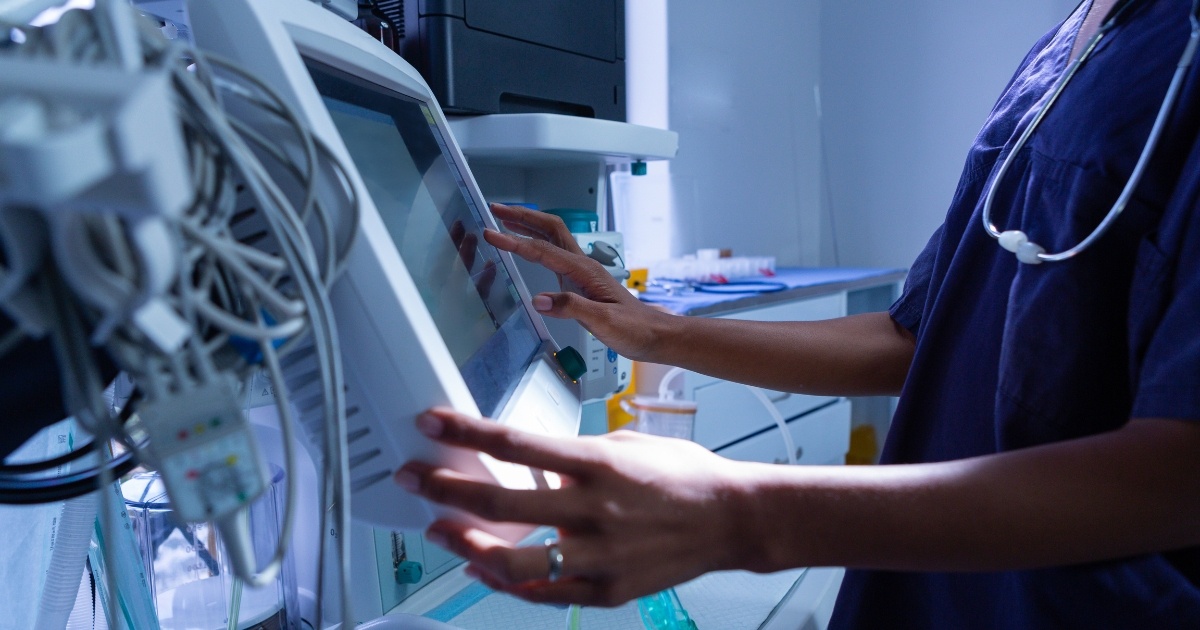Understanding the EU Medical Device Regulation (EU MDR)
The European Union Medical Device Regulation (2017/745), or EU MDR for short, establishes a regulatory framework for producing and distributing medical devices within the EU. Adopted in 2017, it imposes stringent safety standards on medical device manufacturers, particularly concerning the use of harmful substances in their devices. The EU MDR replaced the EU Medical Devices Directive (MDD) (93/42/EEC) and the Active Implantable Medical Devices Directive (AIMDD) (90/385/EEC).
What is the EU MDR?
Implemented in May 2021, the EU MDR (2017/745) is currently in its transitional phase, with various deadlines applicable to different types of devices. Manufacturers and distributors of medical devices must understand the EU MDR compliance requirements, determine how their devices are classified, and ensure compliance before the MDD and AIMDD are completely phased out and the EU MDR becomes fully enforceable.
The regulation limits the use of specific hazardous substances in the design and manufacturing of medical devices and mandates reporting requirements for devices that contain restricted substances above a defined threshold. Medical device companies, including legal manufacturers, seeking to sell or distribute their products within EU member states must comply to maintain market access.
Substances Restricted Under the EU MDR
Under the EU MDR, medical devices must not contain above the 0.1% (weight by weight) threshold of the following substances, unless properly justified:
- Carcinogenic substances
- Mutagenic substances
- Substances toxic for reproduction (CMR)
- Endocrine disrupting substances
The regulation’s definitions and reporting requirements for restricted substances align with other EU regulations, such as the EU Classification, Labeling, and Packaging (CLP) Regulation (1272/2008) and the EU Registration, Evaluation, Authorization, and Restriction of Chemicals (REACH) Regulation (1907/2006). To assess compliance, device manufacturers can review their suppliers’ EU product safety data sheets (SDS) for information on any reportable substances.
When does the EU MDR take effect?
The EU MDR is currently in its implementation phase, with key deadlines for compliance based on device classification:
- May 26, 2026 – Class III custom-made implantable devices.
- December 31, 2027 – Class III devices with valid MDD/AIMDD certificates (as of March 20, 2023) and Class IIb implantable devices (excluding well-established technologies).
- December 31, 2028 – Remaining devices with valid MDD/AIMDD certificates (as of March 20, 2023), including Class IIb (excluding implantable non-WET), Class IIa, Class I sterile, and Class I measuring devices. This also applies to devices newly requiring notified body certification under MDR.
Manufacturers are urged to submit EU MDR applications promptly to avoid market disruptions.
Classification of Medical Devices Under the EU MDR
The EU MDR classifies medical devices based on their risk to patient safety, dividing them into four main classes: Class I, IIa, IIb, and III. Class I devices (lowest risk) are further categorized into:
- Class I – Standard low-risk devices
- Class Is – Sterile devices
- Class Im – Measuring function devices
- Class Ir – Reusable surgical instruments
Devices are classified into four categories: non-invasive, invasive, active, and special-rule devices, each with specific classification criteria. Device class examples include:
- Class I – Bandages, glasses, stethoscopes
- Class IIa – Hearing aids, surgical clamps, catheters
- Class IIb – Ventilators, insulin pens, long-term contact lenses
- Class III – Pacemakers, prosthetic heart valves, surgical mesh
For a more in-depth look at medical device compliance, read our e-book on Product Compliance for Medical Device Manufacturing.
Compliance Assessment and CE Marking
Compliance under the EU MDR depends on the device’s risk classification. For Class IIa, IIb, and III devices, a Notified Body must conduct the assessment. Class I devices generally do not require Notified Body involvement unless they are sterile (Class Is) or have a measuring function (Class Im). However, all Class I devices must still maintain proper regulatory documentation, systems, and processes to demonstrate EU MDR compliance.
A medical device is considered compliant when it bears the CE (Conformité Européene) mark. Most Class I devices can be self-declared, allowing manufacturers to apply the CE mark after issuing a Declaration of Conformity. For all other classes, a Notified Body must first review the device and issue a Certificate of Conformity before the CE mark can be added.
Streamline EU MDR compliance with Source Intelligence
Failing to meet EU MDR compliance obligations can result in fines, litigation, product recalls, and financial losses. Compliance is complex, requiring thorough product classification and data collection, even for previously MDD-compliant devices. Partnering with a supply chain compliance solution provider helps simplify the process and ensure regulatory requirements are met efficiently.
Source Intelligence’s EU MDR solution streamlines compliance through supplier engagement, data analysis, and automated documentation generation. Our software reduces internal resource burdens by centralizing compliance data, facilitating due diligence, and enabling efficient reporting. With real-time supply chain visibility and expert-guided tools, businesses can proactively manage compliance risks, anticipate regulatory changes, and maintain EU MDR readiness with confidence.



